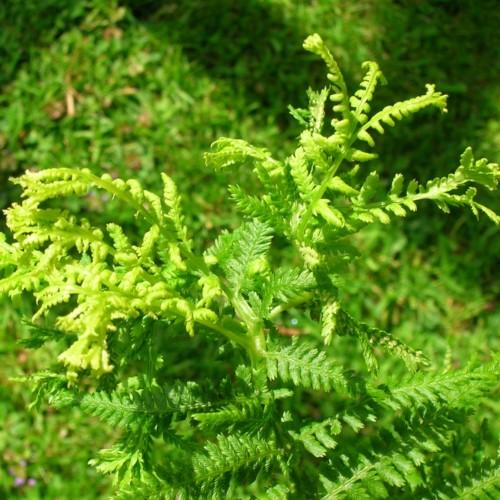
male fern
Dryopteris filix-mas 'Linearis'
Cycle:
Perennial
Watering:
Average
Hardiness Zone:
5 - 9
Flowers:
Flowers
Sun:
Part shade,full shade
Leaf:
Yes
Growth Rate:
Low
Maintenance:
Low
Care Level:
Medium
watering
Male ferns (Dryopteris filix-mas 'Linearis') require consistently moist soil in order to thrive. Water the plants on a regular basis throughout the growing season in order to keep the soil evenly moist, but not saturated. During active growth water deeply when the top inch of soil has become dry. During periods of extended heat or drought it may be necessary to water your plant more frequently. When watering the plant, be sure to thoroughly soak the root system. During the winter months, reduce the frequency of watering allowing the soil to dry slightly between waterings. The roots of a male fern should never be dried out completely and always maintain adequate soil moisture.
sunlight
Male ferns (Dryopteris filix-mas 'Linearis') do best in bright, indirect sunlight and should receive sunlight for 4 to 6 hours each day. In the summer, the best time of day to give plants 2-3 hours of sunlight is early morning or late afternoon when the sun is slightly lower in the sky. During the winter, morning sun is typically more successful since the intensity is slightly lower and the afternoon sun can be too intense. The plant should be protected from direct mid-day sun, as this can cause scorching to the foliage. Male ferns can tolerate some shade, but too much shade can reduce the size of the fronds.
pruning
Male Fern (Dryopteris filix-mas "Linearis") should be pruned a few times each year to maintain its shape and to encourage healthy new growth. Pruning should be done in late winter or early spring before any new growth takes place. Trimming each branch back to 6 to 8 inches from the base can help create a denser shape, remove any unwanted growth or diseased branches, and can help to open up the fern so that light can reach the inner foliage. Be sure to make clean, sharp cuts, and avoid removing too much at once.
